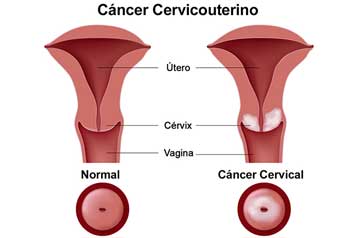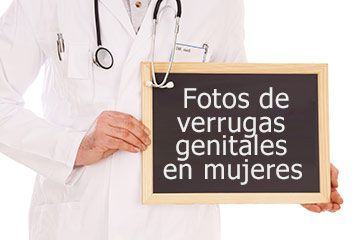Recommendations for Blood Pressure Measurement in Humans and Experimental Animals
Hypertension. 2005;45:142.
Part 1: Blood Pressure Measurement in Humans: A Statement for Professionals From the Subcommittee of Professional and Public Education of the American Heart Association Council on High Blood Pressure Research
Thomas G. Pickering, MD, DPhil; John E. Hall, PhD; Lawrence J. Appel, MD; Bonita E. Falkner, MD; John Graves, MD; Martha N. Hill, RN, PhD; Daniel W. Jones, MD; Theodore Kurtz, MD; Sheldon G. Sheps, MD; Edward J. Roccella, PhD, MPH
Abstract
Accurate measurement of blood pressure is essential to classify individuals, to ascertain blood pressure–related risk, and to guide management. The auscultatory technique with a trained observer and mercury sphygmomanometer continues to be the method of choice for measurement in the office, using the first and fifth phases of the Korotkoff sounds, including in pregnant women. The use of mercury is declining, and alternatives are needed. Aneroid devices are suitable, but they require frequent calibration. Hybrid devices that use electronic transducers instead of mercury have promise. The oscillometric method can be used for office measurement, but only devices independently validated according to standard protocols should be used, and individual calibration is recommended. They have the advantage of being able to take multiple measurements. Proper training of observers, positioning of the patient, and selection of cuff size are all essential. It is increasingly recognized that office measurements correlate poorly with blood pressure measured in other settings, and that they can be supplemented by self-measured readings taken with validated devices at home. There is increasing evidence that home readings predict cardiovascular events and are particularly useful for monitoring the effects of treatment. Twenty-four-hour ambulatory monitoring gives a better prediction of risk than office measurements and is useful for diagnosing white-coat hypertension. There is increasing evidence that a failure of blood pressure to fall during the night may be associated with increased risk. In obese patients and children, the use of an appropriate cuff size is of paramount importance.






